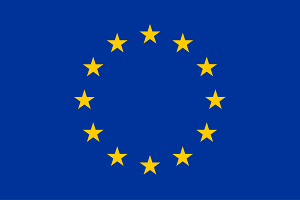
Next Evolution in Materials and Models for Ocean Energy
Objectives
- Design, model and test blade materials and prototypes
- Enable developers to significantly reduce both capital and operational costs
- Improve the yield and reliability of tidal turbines
- Advance the state-of-the-art of tidal turbine technology
General information
- Financial Framework: Horizon 2020
- Overall Budget: 4'981'007,50 €
- Period: 01/04/2019 - 30/09/2022
- Fields: Low-cost, low-carbon energy supply
- Website: www.nemmo.eu
NEMMO will design, model and test downscaled prototypes of larger, lighter and more durable composite blades for >2MW floating tidal turbines to reduce LCoE of tidal energy to €0.15/kWh, meeting 2025 SET-Plan targets and making it competitive to competing fossil fuel sources. Novel blade designs with enhanced hydrodynamic performance due to the implementation of the different solutions, active flow control, materials and surfaces will be tested. Also, new nano-enhanced composites with properties that increase fatigue-, impact-, cavitation- and bio-fouling resistance of novel blade designs to prevent failures will be made.
The project will then model, design and test the lifespan and resistance of the new composites for tidal turbine blades. This will involve:
- accurate modelling of harsh hydrodynamic and environmental stresses for the development of testing and validation procedures
- a new test rig for the evaluation of fatigue and cavitation on test probes and downscaled prototypes
- a testing procedure including bio-fouling and marine environments evaluation in four different real scenarios
- development of numerical models for the prediction of lifespan and mechanical properties as function of the materials properties, hydrodynamic loads, time and water composition
- novel tidal generator blades designs integrating active control flow, advanced surfaces and new nano-enhanced composites.
The collective result of these innovations is 70% reduction in LCoE for tidal energy due to:
- 50% CapEx reduction (lower material consumption and 25% lower cost of new composites)
- 2% lower FCR (increased understanding of failure and fatigue mechanisms and more durable composites with 66% higher lifespan)
- 40% reduction in O&M (reduced cavitation wear, bio-fouling and aging) and
- 20% increase in AEP (enhanced hydrodynamic performance and higher inlet flow speeds for tidal turbine).

